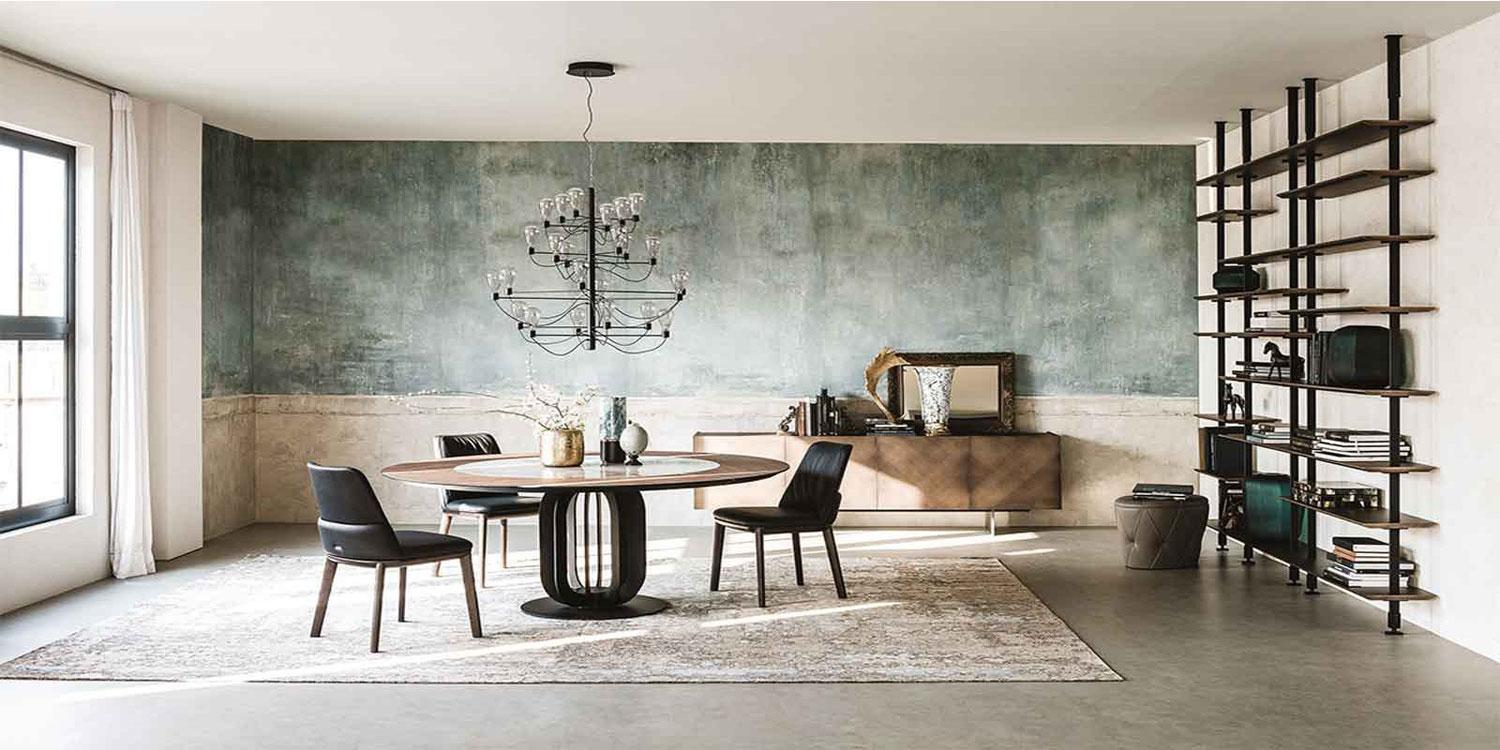
The short answer to the question - what is the best material for a floor rug? - is: it depends.
The best rug material is one that meets your personal needs and preferences. It's important to consider factors such as the location of the rug, the level of foot traffic, and the desired level of comfort when making your selection.
To help you make an informed decision, we've provided a quick guide to some of the most common rug materials and their pros and cons.
The location of your rug is an important factor to consider when making your selection. If the rug will be placed in an area with high foot traffic, like an entryway, you may want to choose a material that is durable and able to withstand wear and tear.
On the other hand, if the rug will be placed in a less heavily used part of the home, such as a bedroom or living room, you may have more flexibility in terms of material choice.
Wool and silk rugs can add a luxurious touch to these areas, but may not be suitable for high-traffic areas due to their delicate nature. Bamboo rugs, on the other hand, are a more durable option that can withstand heavy use.
When selecting a rug, it's important to consider how the rug will be used. If the rug will be placed in a high-traffic area or will be subjected to rough use, it's a good idea to choose a durable material such as nylon or polypropylene.
If the rug will be used in an area where moisture is present, such as in a bathroom or kitchen, we recommend looking for a mildew-resistant synthetic material like acrylic, as wool absorbs moisture.
If the rug will be used by children or pets, choose a material that is easy to clean and maintain.
Talk to a one of our designers now or book an appointment.

Book A Video Chat
Book a zoom consultation and we’ll advise you on furniture, space planning, wardrobes and more.
Book A Video Chat
Book A Showroom Visit
Let our experts guide you through our 30,000 sq. ft. showroom with over 700 luxury brands under 1 roof.
Book A Consultation
Email, call or book a virtual video chat with our sales team. Ask questions with no obligations.
Chat NowWhat kind of a look are you striving for? Synthetic fibres, such as nylon, offer a wide range of colours and textures, while natural fibres like wool and silk can provide a more organic, natural look.
Additionally, chenille, which is a synthetic material, can offer the look and feel of silk but may be more suitable for areas with moderate foot traffic.
As for the quality of a rug, it's important to think about how long you want the rug to last and whether you want it to retain its value over time.
Natural fibres like wool and silk tend to be more durable and have a longer lifespan, making them a good choice if you want a high-quality rug that will retain its value.
However, if you are more concerned with the initial cost and not as concerned with the long-term value of the rug, you may want to consider natural fibres like cotton or jute, or synthetic fibres like nylon, acrylic, or polypropylene. These materials may not be as durable as wool or silk, but they are generally a more budget-friendly option.
Finally, consider your budget. Are you willing to invest in a high-quality piece? Natural fibre rugs made from materials like wool or silk tend to be more expensive than synthetic rugs, so if you are looking for a more budget-friendly option, synthetic fibre may be a better choice.
Alternatively, there are also less costly options available in natural fibres such as cotton, sisal, or jute, depending on the look you desire.
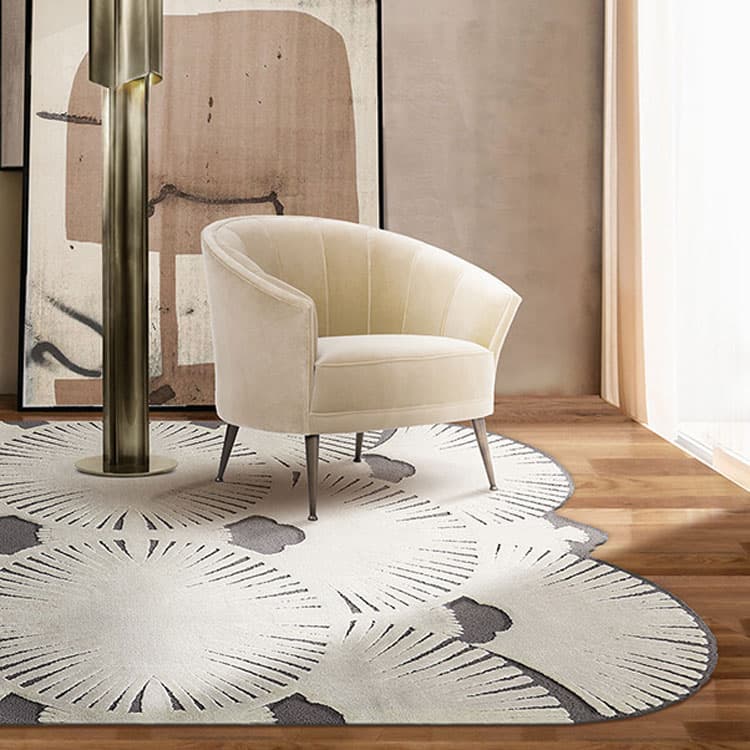

Wool is a popular choice for rugs due to its durability and softness.
Pros: Benefits include its strength, stain and water repellency, and insulating properties, which make it a cosy and practical choice for use in your home.
Cons: Not suitable for damp or humid environments, as it absorbs moisture, and it may fade over time. Additionally, wool rugs may shed at first, but this will typically decrease with age.
Best for: Living rooms, dining rooms, high-traffic areas
Silk rugs are known for their luxurious feel and subtle sheen, making them a desirable choice for adding a touch of glamour to your home.
Pros: The softness of silk is one of its standout features, and it is also capable of displaying finer details than wool rugs.
Cons: Requires professional cleaning and may show footprints more easily than other materials.
Best for: Bedrooms, low-traffic areas
Cotton is a common material for flat-weave rugs such as dhurries and kilim.
Pros: Generally more affordable than wool or silk rugs, making them a budget-friendly choice. They are also easy to clean.
Cons: Wear well over long periods of time, so it may not be the best choice for areas with heavy foot traffic.
Best for: Kitchens, children’s rooms, casual spaces
Grass and other natural fibre rugs are durable and sustainable options that offer neutral, earthy palettes and rich textures, making them versatile design elements that can easily blend in with a variety of decors.
Pros: Known for their strength and are often free from chemical processing, making them a natural choice for eco-conscious consumers.
Cons: Some varieties of natural fibre rugs can be coarse and difficult to clean.
Best for: Living rooms, high-traffic and sunny areas
Available in a variety of forms, including complete hides, stitched panels, and woven strips of tanned leather.
Pros: Popular choice for rugs due to their softness and durability, and each hide or panel creates a unique piece. Leather rugs are generally easy to clean, making them a practical choice for busy households.
Cons: Not suitable for damp or humid environments, as moisture can damage the leather.
Best for: Bedrooms, offices, dens, low-traffic areas
Man-made fibres like viscose, nylon, and polypropylene have been developed to mimic the characteristics of natural fibres and have improved over the years.
Pros: Easy to clean and are often family-friendly, making them a practical choice for busy households. They can also be used in damp environments and some types are suitable for outdoor use.
Cons: May not always feel as luxurious as natural fibres.
Best for: Hallways, outdoors (note: not all synthetic rugs are suitable for outdoor use), high-traffic and sunny areas
In order to choose the best rug material for your space, it's important to consider factors such as how the space will be used, the level of foot traffic it will receive, and the desired level of warmth and comfort.
At FCI, we have curated a gorgeous selection of luxury rugs in a variety of materials; one of the widest collections of rugs available in the UK. With options coming from all parts of the world, we’ve got something for every look.
Need more inspiration and guidance before getting started? Book a consultation either virtually or in person, and an experienced design specialist will work with you on reimagining your space from top to bottom, down to the last detail.
Get In Touch
Book A Video Chat
Book a video consultation and we'll advise you on furniture, space planning, colour schemes and much more.
Book A ConsultationVisit Our Showroom
Book a visit to our stunning, multi award-winning, 30,000 sqft.
Over 700 brands under 1 roof.
Sign up for weekly inspiration
Stay ahead of the crowd with our Interior Design inspiration, new furniture trends & trade tips.
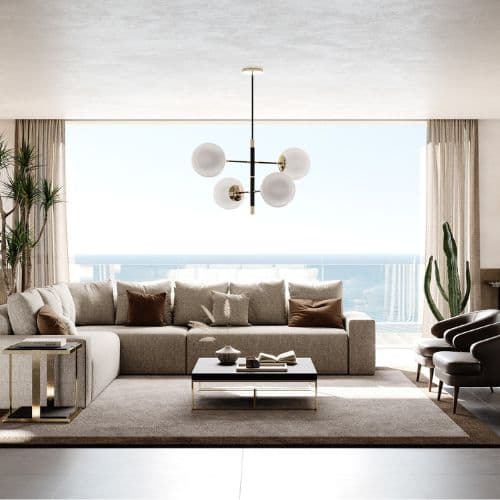
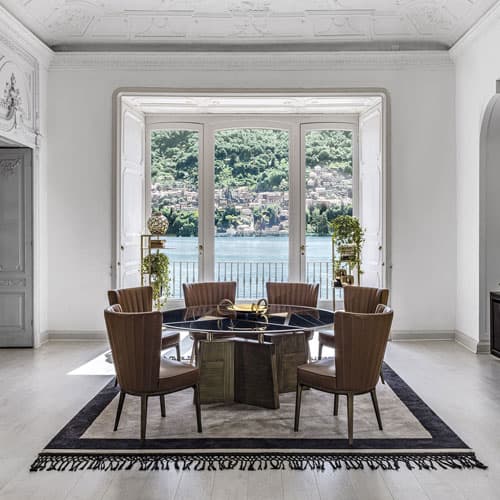
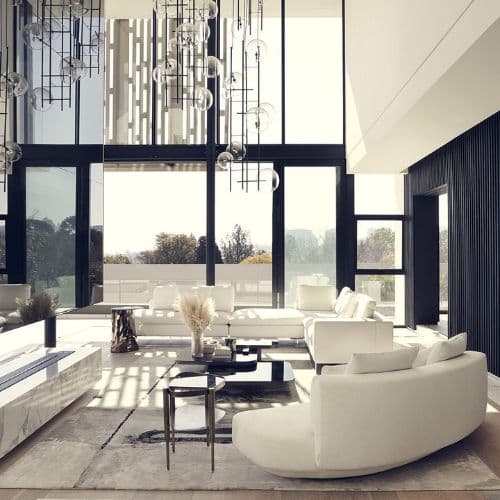
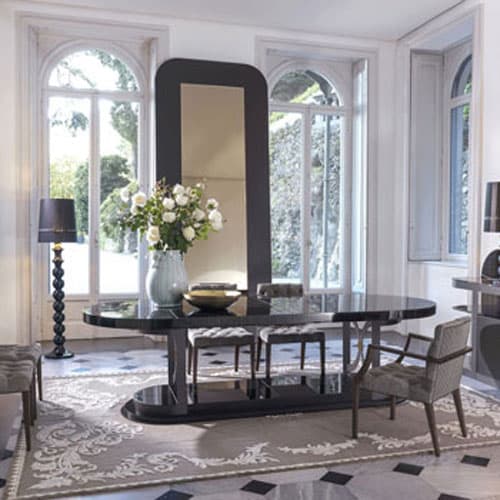
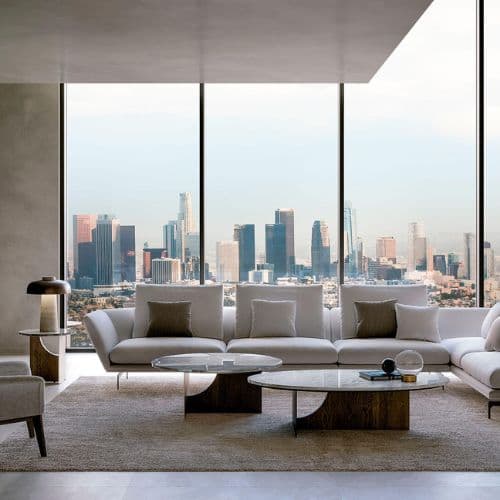
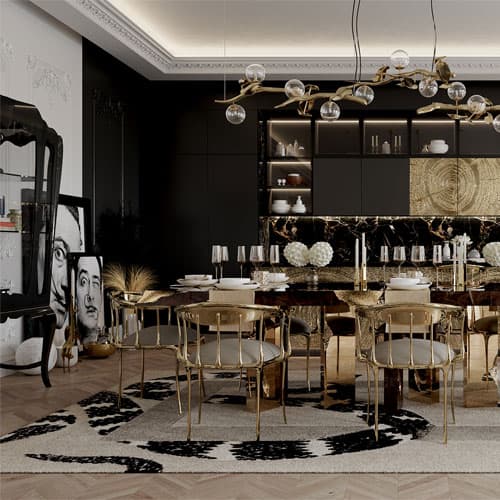
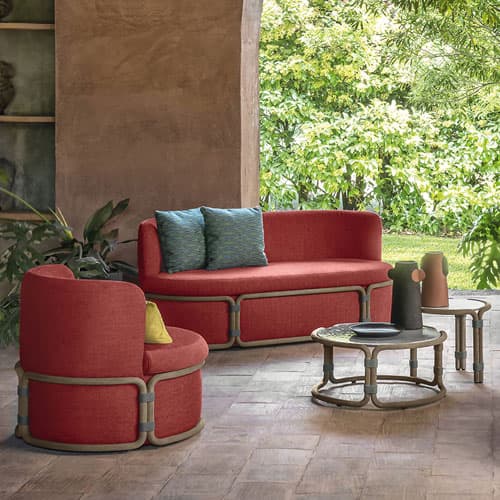

Transparency's kind of our thing.
Here's what real customers have to say about us.
